
In the dynamic landscape of business, effective leadership isn't just about individual prowess—it's about strategic collaboration and leveraging diverse perspectives. Central to this concept is the idea of having "wingmen"—trusted allies who provide invaluable support and insight. But why exactly should leaders have wingmen? Let's delve into the principles of Wealth and Talent Dynamics and explore the profound impact of the 1-2-3 rule on leadership dynamics.
Your Wealth or Talent Dynamics profile reports detail your primary and secondary profiles (your wings). Your Primary Profile defines your natural path to business success. Performing tasks that correspond to your talents as indicated by your primary profile, energises you, whereas you can find it draining when you must perform tasks from profiles removed from your primary profile. You should, however, find performing tasks from your secondary profiles, less taxing.
Based on this principle, the 1-2-3 rule suggests that a startup entrepreneur should endeavour to partner with at least two others by skipping one profile going clockwise around the Wealth Dynamics square to find the profile of one or your partners and then to skip two profiles to find the profile of the second partner.
In more established enterprises and large organisations it is, however, likely that you have more complete leadership teams, especially your Executive and Board of Directors. They are likely high performing teams, especially when applying the creative cycle in their operation.
Leaders, however, are challenged daily with a multitude of challenges requiring decisions; some simple and some more complex, but not all decisions need to be brought to the full Executive or Board. In these cases, it would be helpful if the leader could quickly broaden his or her perspective by running the challenge past two colleagues with different profiles.
I recommend to my clients that each leader should have two wingmen, selected on the 1-2-3 principle. They are purely informal agreements of support between colleagues and their interactions can be ad hoc or formal depending on the issue at hand, but the organisational benefits can be significant.
Wingmen will ask different questions according to their profiles (What, Who, When, How) and can guide the leader’s next step, for example, those with Blaze energy can prompt a Steel to involve someone else in the next step, and not to fall back into their default mode of wanting to do it themselves.
Leaders are free to choose wingmen from anyone in their organisation, irrespective of their relative seniority to the leader and do not have to be from the same section of the organisation. The different options each holds different benefits.
Choosing wingmen from your own department, creates transparency and builds trust. Choose wingmen that you trust and who you believe will benefit from this involvement. Few personal development programmes for future leaders can match this kind of exposure. Some organisations even have programmes for identifying future leaders. In such cases you should choose your wingmen from this pool of candidates.
On the other hand, wingmen from other departments, creates networks of cross departmental communication – “breaking down silos”.
Another way to break down silos, improve cross divisional communication, networking, big picture understanding, and promoting transparency, is by using virtual teams. Virtual teams can be formed to do short projects (e.g. organisational change implementations), or to take responsibility for the achievement of key organisation goals. These teams are usually composed of members from various parts of the organisation and adding to that the wingman leadership model creating additional opportunities for future leaders’ development.
The model also provides the opportunity for team leaders to share leadership. Research has shown that Shared Leadership is considered one of the team-level phenomena most likely to favour the flow experience. (For more on this see my article Establishing Team Flow in the Career Dynamics Circle.)
In conclusion, the strategic selection of wingmen based on the 1-2-3 principle serves as a cornerstone for effective leadership. By embracing diverse perspectives and fostering collaborative environments, businesses can navigate challenges with agility and achieve sustainable growth. I trust this article provides valuable insights and guidance for optimising leadership dynamics within your organisation.
I trust this article provides valuable insights and guidance for optimising leadership dynamics within your organisation.







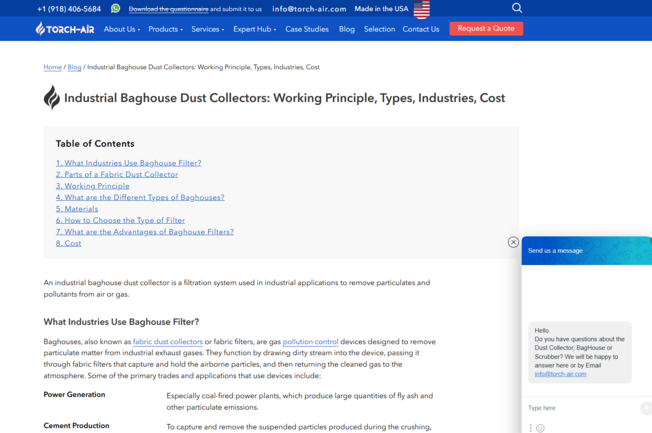


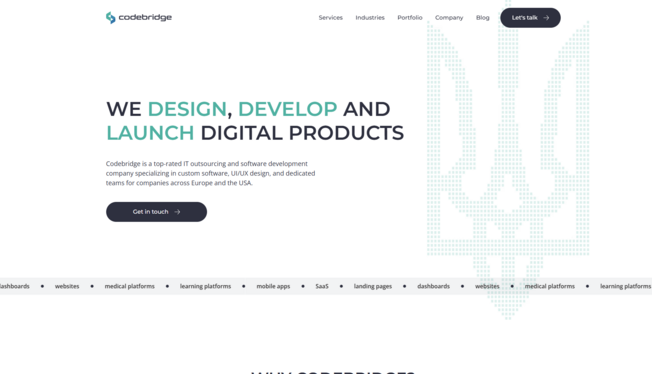
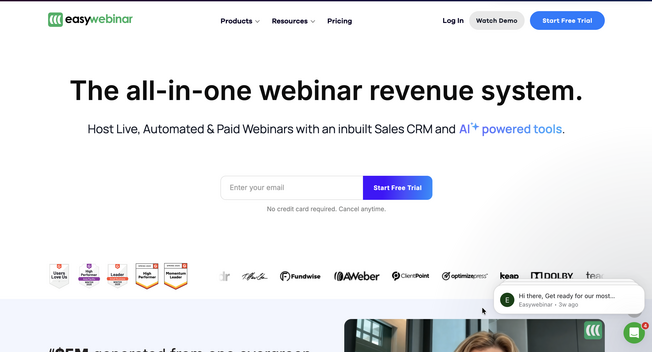
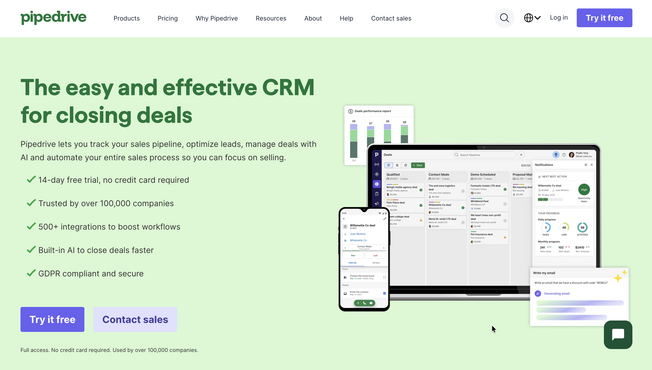

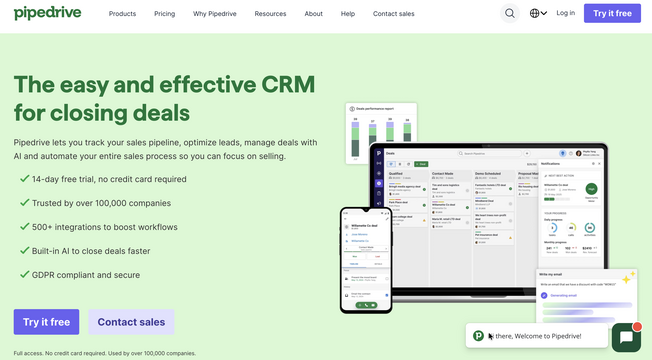
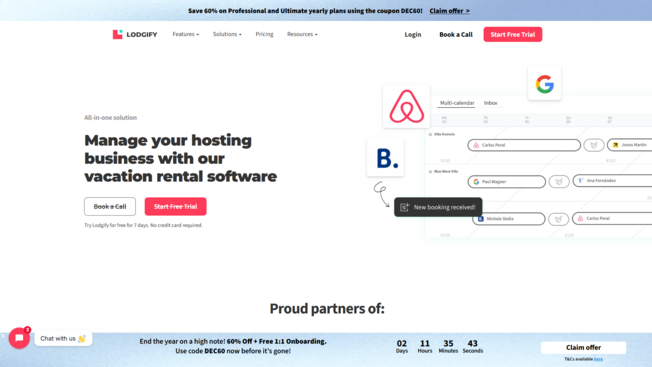

Leave a Reply